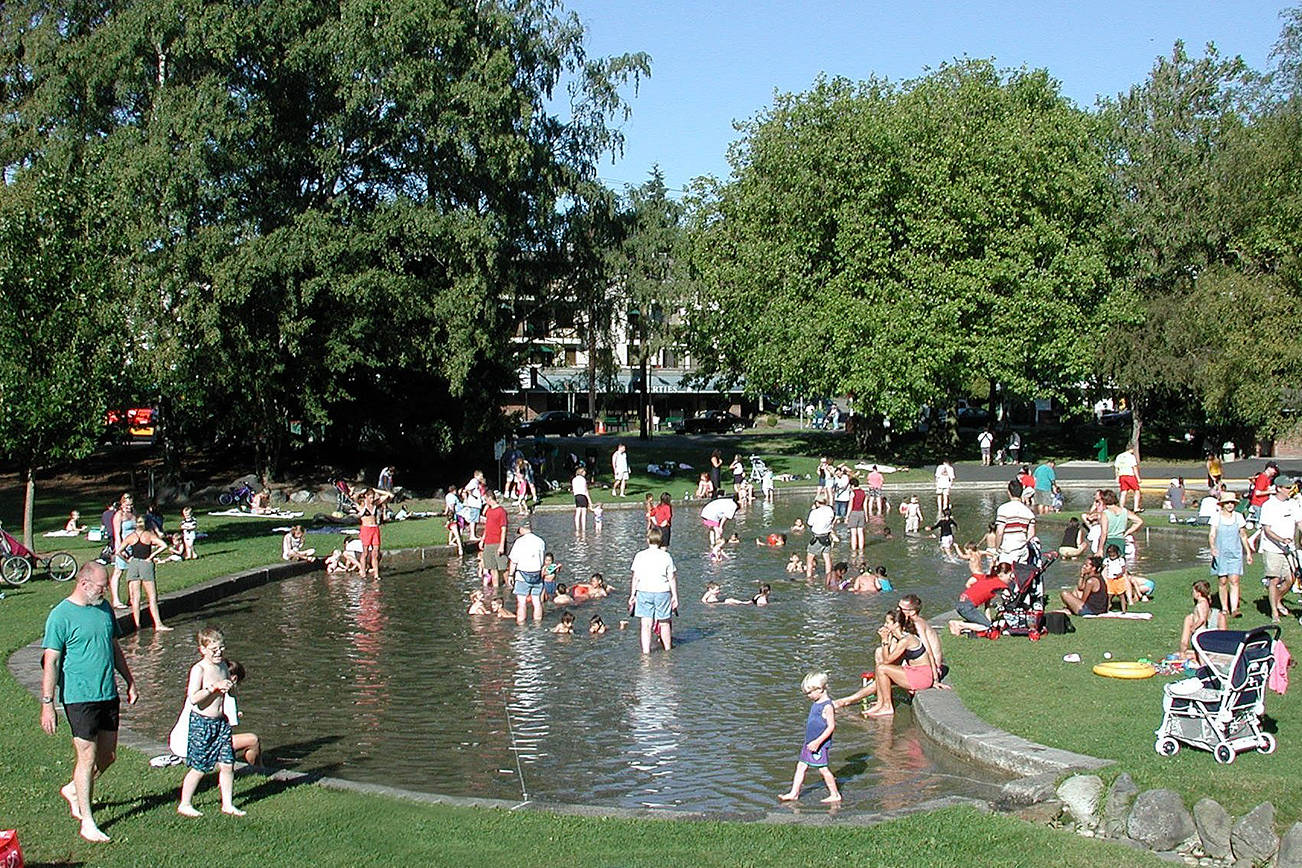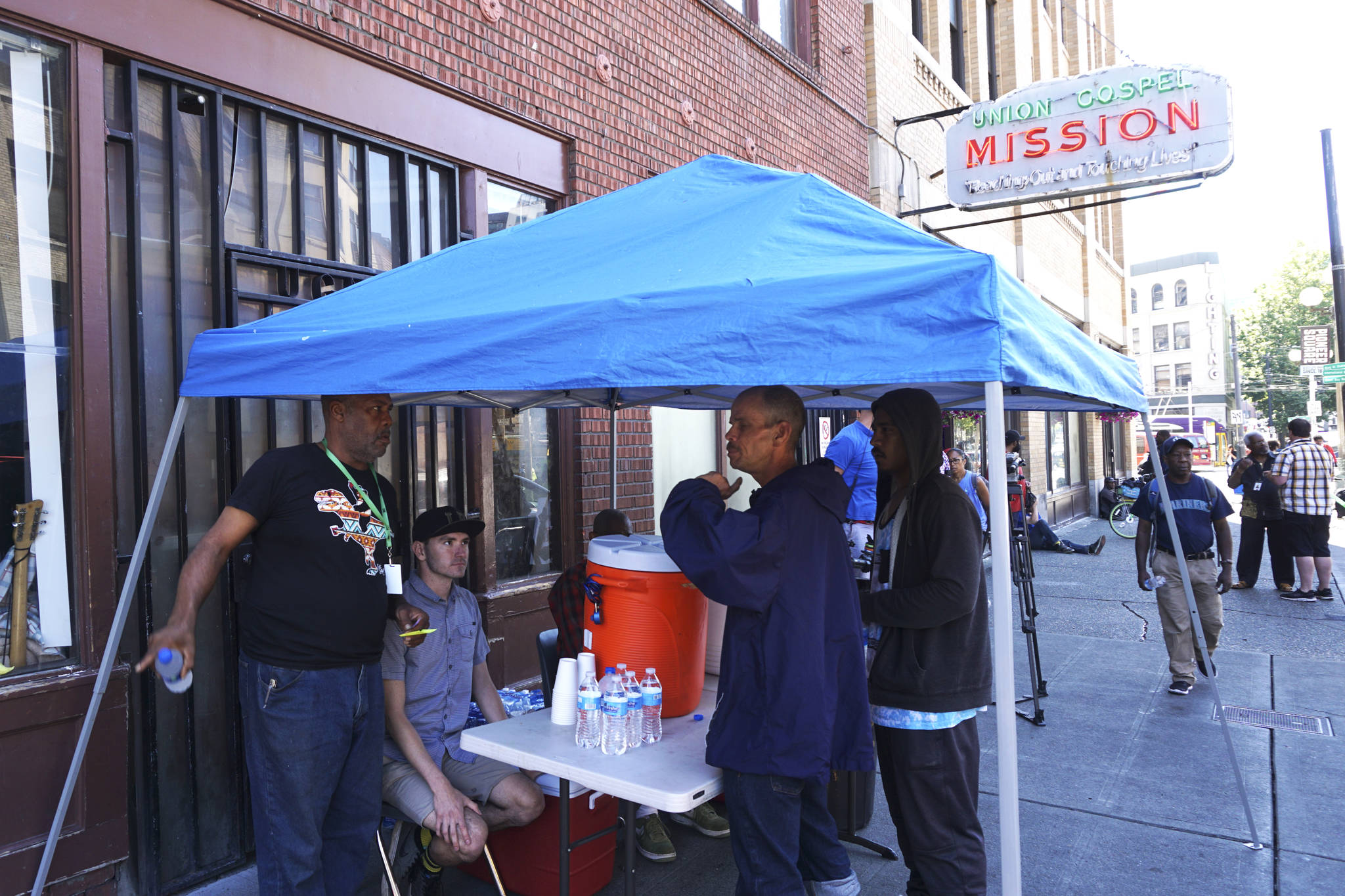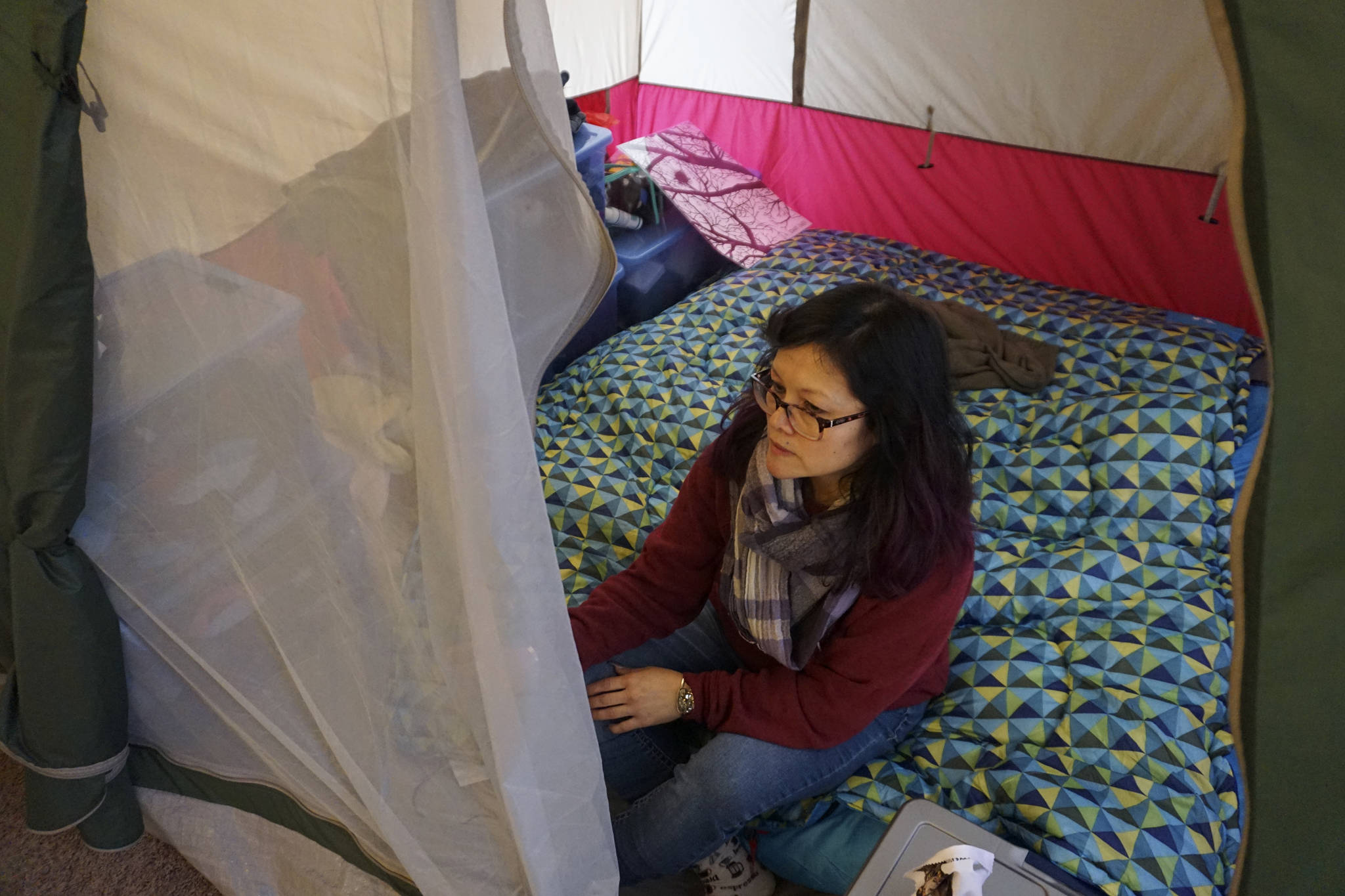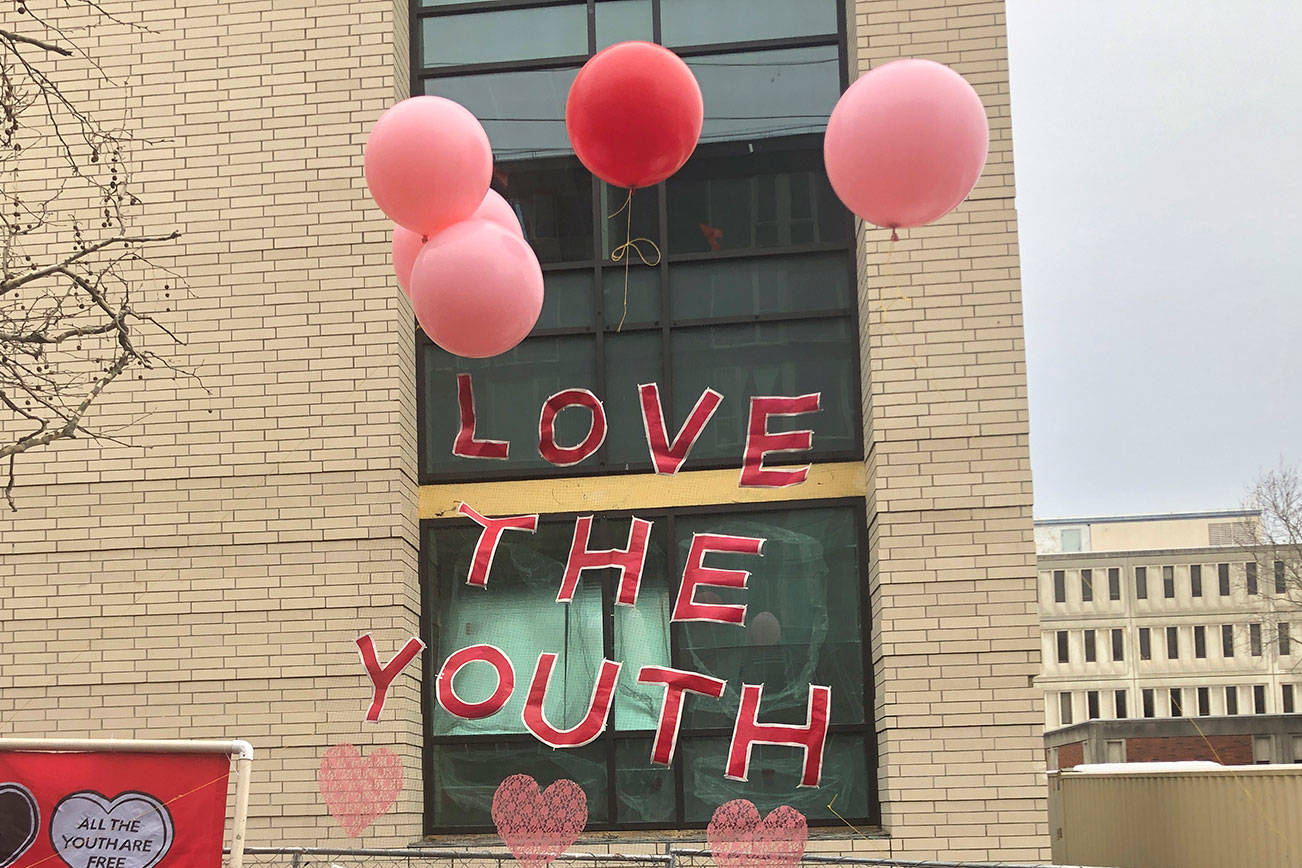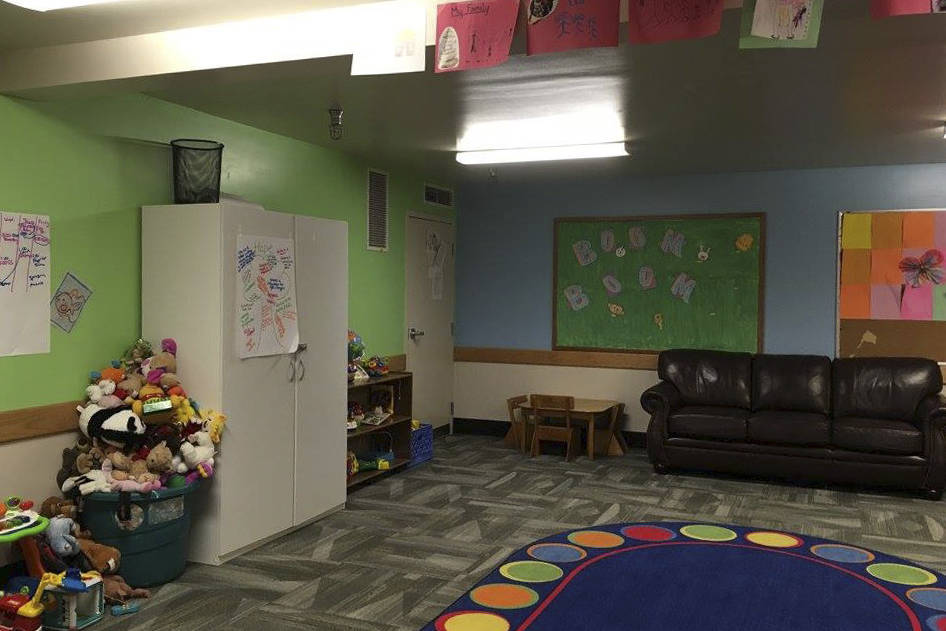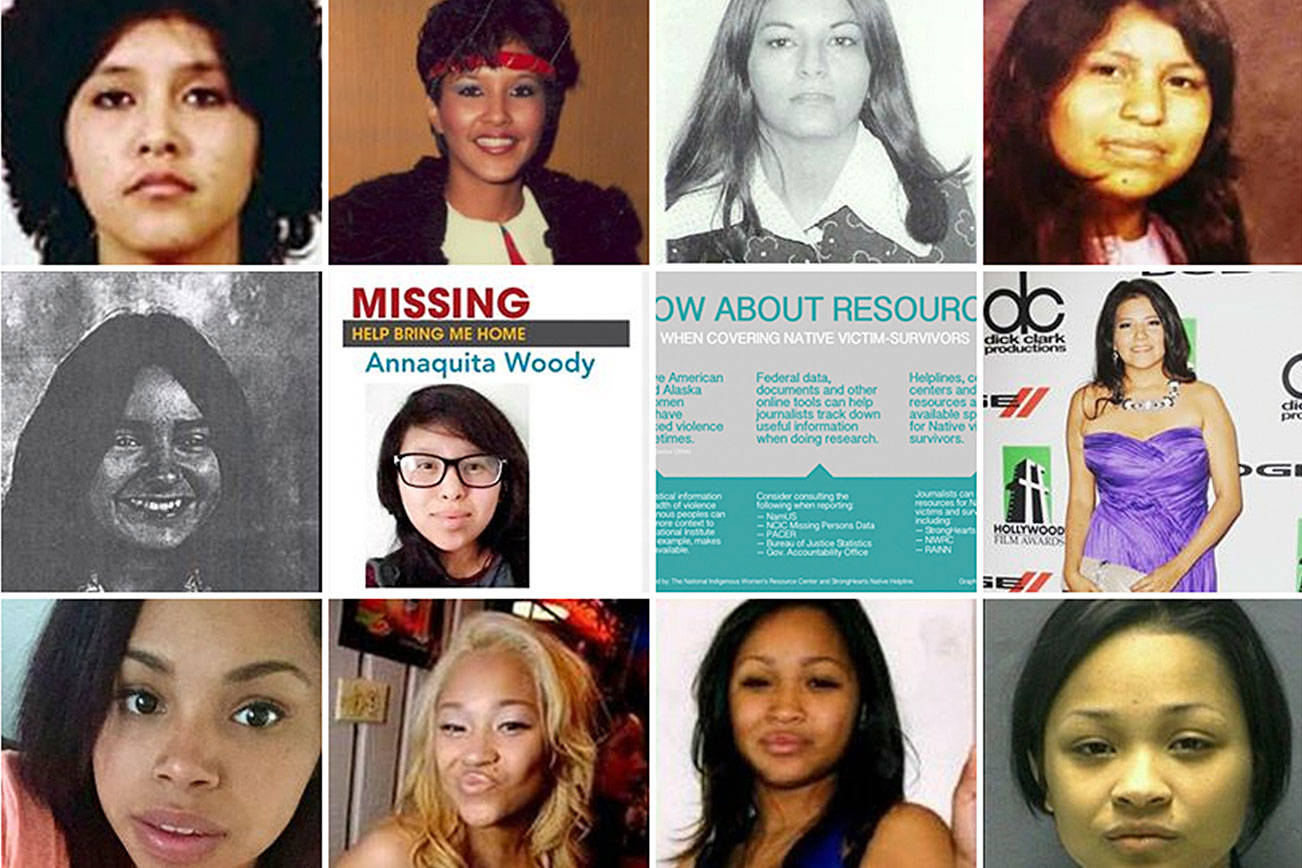After emerging from the gray, cool “Junuary” weather, Seattlites have embraced the higher temperatures with open arms this month, but city and county officials caution residents to stay hydrated and away from the sun to avoid heat-related illnesses. On Monday, the National Weather Service issued the second heat advisory of the summer as temperatures reached the lower 90s in the Seattle area. It’s likely not the last one of the year, prompting the City to publish a list of public places where residents can escape the heat.
“With rising temperatures in Seattle this week, the City has many places to stay cool. As a reminder, drink plenty of water, reduce strenuous outdoor activities, check on neighbors and those at risk for heat-related illness,” Mayor Jenny Durkan said in a statement.
As appetizing as an iced coffee or margarita in the sun sounds on a summer day, the City recommends abstaining from caffeine and alcohol, which dehydrates the body. Regularly drinking water helps to replenish fluids lost from sweating. It’s also suggested that people exercise outside during the morning and late evening to avoid peak temperatures.
Lynne Miller, King County Emergency Management’s Regional Communications Manager, advises people to monitor each other for signs of heat-related illnesses during the summer months. Symptoms of a potential heat stroke include throbbing headaches, vomiting, confusion, a rapid and strong pulse, increased body temperature without signs of sweat, and fainting. If someone is experiencing these effects, 911 should be called. Heat exhaustion—a less serious form of heat-related illness—is characterized by excessive sweating, dizziness, nausea, muscle cramps, clammy skin, and a rapid and weak heartbeat. Treat heat exhaustion by drinking extra water, using ice packs to cool down, and/or lying down in a cool, shaded area.
There has been a slight uptick in heat-related emergency department visits, according to Meredith Li-Vollmer, a risk communication specialist with Public Health Seattle and King County. Earlier this month, there were 15 visits over a two-week period, with the largest burden among adults 18 to 44 years old. So far this summer, King County emergency department visits are well below peaks reached in 2013 and 2015. However, the statistics shouldn’t be taken lightly. All age groups in King County have a 10 percent increase in non-traumatic mortality rates on extreme heat days, according to a 2016 International Journal of Biometeorology report. A 2016 Reviews on Environmental Health study also showed a 244 percent increase in heat-related hospitalizations on extreme heat days, according to 1990-2010 King County data.
“When we get into the high 80s or even low 90s, some of the big dangers are impacts on children, the elderly, or pets, or people who have medical conditions that makes them more vulnerable to heat,” Miller said. “So we advise people to stay hydrated, take a cool shower or bath. Never leave children, pets, or a family member in the car in the heat, even if the windows are down, because the interior temperatures can rise very quickly to dangerous levels.”
In fact, law enforcement or animal control officers have the right to remove animals that are in danger of suffering or being killed because of excessive heat, or lack of water in cars, under Washington law. The Seattle Animal Shelter recommends that animals left indoors should be kept in a cool location, and have plenty of access to water, and screened windows should be left open. Animals should never be left unattended in direct sunlight, the shelter cautions.
If a cold shower doesn’t stave off the heat, some public areas with air conditioning includes the Seattle Center Armory, and several Seattle Public Library locations: Ballard, Beacon Hill, Broadview, Capitol Hill, Central Library, Delridge, Douglass-Truth, Greenwood, High Point, International District, Madrona-Sally Goldmark, Magnolia, Montlake Branch, NewHolly, Northgate, Rainier Beach, South Park, and Wallingford. Some senior centers with air conditioning that are open to the public include Ballard NW Senior Center, Sunshine Garden Chinese Senior Community Center, Wallingford Community Senior Center, Southeast Seattle Senior Center, Central Area Senior Center, International Drop-In Center, Pike Market Senior Center and Food Bank, Greenwood Senior Center, South Park Senior Center, and the Senior Center of West Seattle.
If you’d rather take a dip, the city’s lifeguarded beaches include Pritchard Island Beach, Matthews, Madison, Seward, Mount Baker, Magnuson, Green Lake, and Madrona. Wading pools that are open four days a week can be found at Bitter Lake, South Park, Delridge, and Hiawatha Community Centers. Additionally, Volunteer Park, Van Asselt, Magnuson, Green Lake, and Lincoln Park Daily have wading pools that are open daily, while Cal Anderson Park, East Queen Anne, Dahl Playfield, Soundview, E.C. Hughes, Wallingford, Gilman Playground, Beacon Hill, Peppi’s Playground, Ravenna Park, View Ridge Playfield, Sandel Playground, and Powell Barnett Park boast ones that are open two-to-three days a week.
The outdoor pools Mounger and Colman are also open daily. A few parks including Ballard Commons, John C. Little, Lower Judkins, Georgetown Playfield, Lake Union Park, Highland Park, Beacon Mountain at Jefferson Park, Northacres Park, Pratt Park, Yesler Terrace Park, and Miller Community Center have daily water sprays from 11 a.m. to 8 p.m. through September 3.
People who work outside are also at increased risk of heat-related illnesses. The Occupational Safety and Health Administration (OSHA) recommends that people who need to work outside during the day should try to schedule physically strenuous activities during the cooler hours, if possible, and to frequently drink small amounts of water. Over 40 percent of heat-related worker deaths are in the construction industry, according to OSHA.
Miller suggests that people experiencing homelessness use public areas with air conditioning like libraries, shopping malls, and community centers to escape the heat. Seattle’s Union Gospel Mission also has a hydration station that will remain open from 11 a.m. to 4 p.m. when the weather reaches above 80 degrees. The organization’s staff and volunteers also look for signs of heat exhaustion, provide snacks, and invite people to escape the heat by sitting inside of the Pioneer Square building. Along with the bottled water comes an offer for shelter through a yearlong recovery program at Seattle’s Union Gospel Mission.
“People who live in this area are more susceptible to heat stroke, because our bodies just aren’t acclimated to this type of temperature,” Paul LaRose, director of emergency shelters for Seattle’s Union Gospel Mission, said as he stood beside the hydration station on Tuesday. “So when the temperature does rise to this level, homeless people are at a higher risk because they don’t have homes to go to … and when it’s hot like this, it leads to a lot of other concerns.” Seattle Parks and Recreation posts a map of drinking fountains throughout the city, but LaRose said that the organization still gives bottled water to upwards of a couple hundred people during the warmest summer days. LaRose recommends that residents help people experiencing homelessness by handing out water, sunblock, chapsticks, or hats.
“If you see anyone, homeless or not, who is showing signs of a heat-related illness, call 911,” said Miller. “Be that good Samaritan.”
mhellmann@seattleweekly.com
